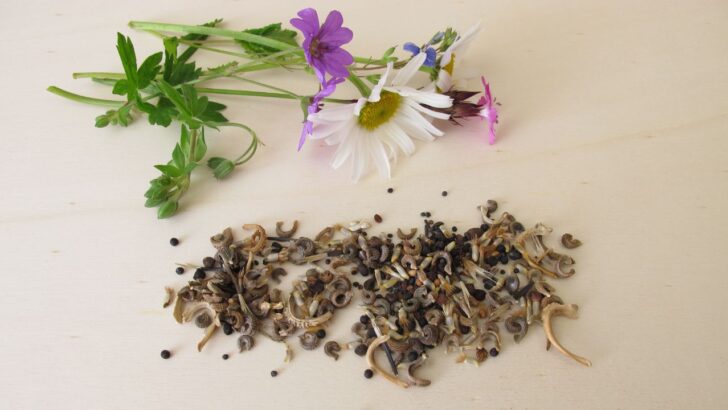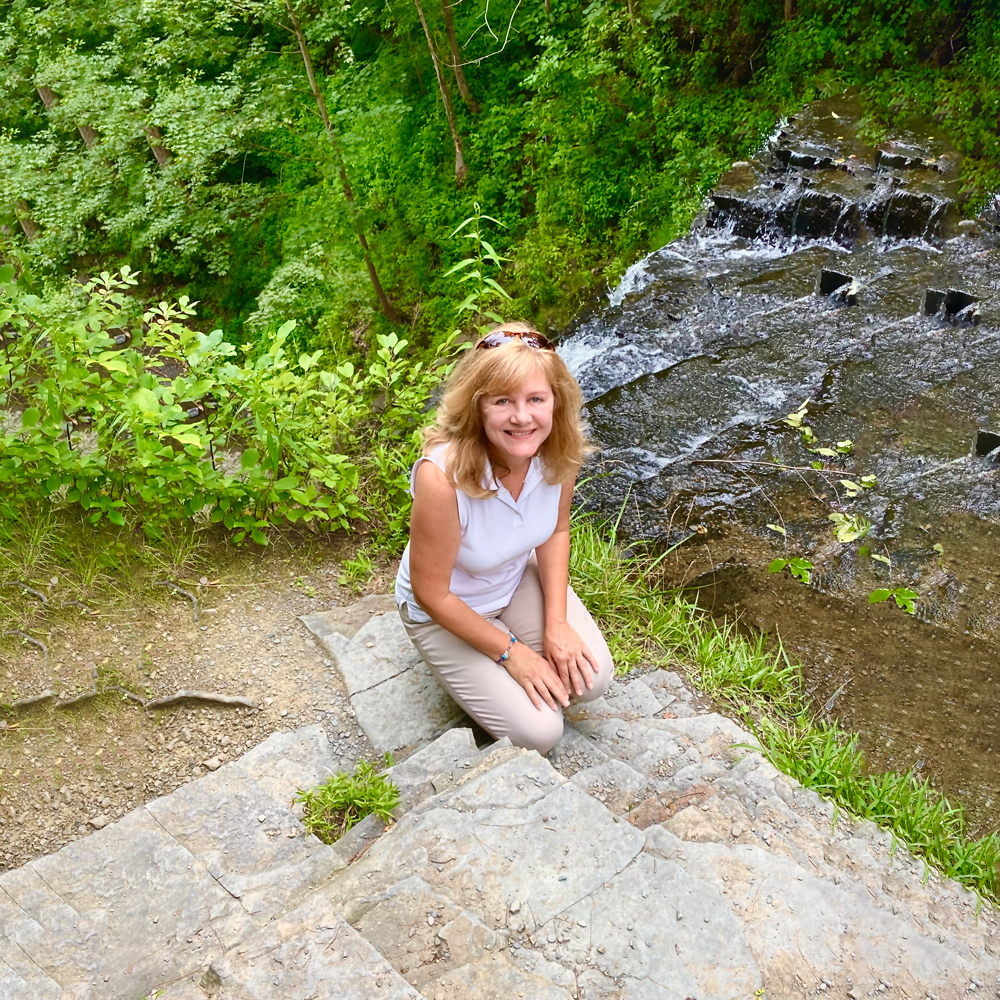Spring is right around the corner, and that means hills, meadows, and green spaces will soon be bursting to life with all sorts of stunning wildflowers! From majestic bluebonnets painting the Texas countryside to golden sunflowers swaying under the California Sun, there will be beauty pretty much everywhere you look!
Of course, these stunning blooms aren’t just a bit of pretty eye candy — they’re also an opportunity for gardeners just like yourself to expand your seed collection! But why should you collect wildflowers, and more importantly, how?
Gathering wildflower seeds isn’t just a great way to add natural beauty to your garden; it’s also a simple yet powerful way to support your local ecosystem. Heather Kirk-Ballard, a horticulturist at Louisiana State University AgCenter, explains that native plants play a crucial role in maintaining biodiversity, helping pollinators thrive, and even making gardens more resilient to climate shifts.
By collecting and planting their seeds, you’re not only preserving these species but also creating a welcoming space for bees, butterflies, and other beneficial wildlife. Plus, there’s something incredibly rewarding about growing flowers that are perfectly suited to your area—no extra fuss required.
Why Collect Wildflower Seeds?
First off, wildflowers may be pretty, but there is way more to collecting their seeds than just adding their beauty to your own garden! Wildflowers play a key role in supporting local ecosystems, including providing food and habitats for pollinators like bees, butterflies, and birds. They also help enrich the soil with natural nutrients that tend to be stripped as humans continue gardening and pulling up local flora.
That means when you collect and replant these seeds, you are helping preserve these important plants. That, in turn, ensures their continued presence in both natural and cultivated landscapes, allowing them to continue doing their job in the lifecycle of the world around you. Plus, growing native wildflowers in your garden can help you reduce your reliance on store-bought seeds and help create a more sustainable gardening practice.
When Is the Best Time to Collect Wildflower Seeds?
Timing is one of the most important aspects when it comes to successfully collecting wildflower seeds. Wildflowers tend to produce seeds closer to the end of their growing season, usually sometime around late summer or early autumn. Of course, that is just a general idea since the exact timing depends on the specific type of wildflower.
Your best bet is to keep an eye on the plants from which you want to collect seeds and wait until the seed heads are fully mature. Seeds are generally ready to harvest when the seed pods or flower heads turn brown, dry out, and begin to crack open or drop their seeds naturally.
Not sure if the wildflower you want to collect from is ready or not? Perform a quick test by gently shaking the seed head or pod. If seeds fall out easily, they’re likely ready to be collected. If they don’t, give it a while longer before you try again. Trying to collect too early can result in immature seeds that won’t germinate successfully. On the other hand, if you wait too long, you could lose those valuable seeds to wind or wildlife.
Step-by-Step Guide to Collecting Wildflower Seeds
The very first thing to do before you even step foot outdoors to start collecting wildflower seeds is to prep your tools. A pair of scissors or pruning shears, some gloves, a couple of small paper bags or envelopes, and some labels are good to have on hand. Steer clear of plastic bags since they can trap moisture and damage your seeds.
Next, look for and choose healthy plants! You’ve probably already had your eye on a few patches of wildflowers, but when you start collecting, you want to pick strong, healthy plants. Essentially, look for ones with vigorous growth and prolific blooming during the growing season. This helps make sure that the seeds you are collecting are from a good genetic stock.
After you’ve picked the plants, look closely at the seed heads or pods. As mentioned earlier, they should be dry and starting to split or release their seeds. Avoid plants that are still green, colorful, or moist, as those seeds may not yet be viable.
Following that, use scissors or shears to snip the seed heads or pods cleanly off the plant. Hold the paper bag or envelope directly underneath while cutting in case any loose seeds fall off. Once collected, gently rub or shake the seed heads to release all the seeds. Sift through the gathered material to remove any chaff or debris, which should leave you with clean, storable seeds.
How to Store Your Collected Wildflower Seeds
Now that you’ve collected your wildflower seeds, it is time to store them! Proper storage is the key to keeping your seeds nice and usable for the future. Wildflower seeds can remain viable for several years if you store them correctly. Here’s how to do it:
- Dry the Seeds Completely: Before you start storing your seeds, make sure they are completely dry to prevent mold or rot. You can do this by laying them out on a piece of paper or a shallow tray in a cool, dry place for about a week. Avoid placing them in direct sunlight since excessive heat can cause damage to the delicate seeds.
- Choose the Right Container: You should store the dried seeds in airtight containers to protect them from moisture, light, and pests. Small mason jars, glass vials, or metal tins are good options, but you must be careful where they are stored. If you prefer something simpler, paper envelopes can work, but you will need to make sure they are kept in a dry environment.
- Label Everything: One super important thing to remember is to label the container with important details like the plant species, collection date, and location. This information will be important, especially if you collect seeds from multiple wildflower varieties.
- Store in a Cool, Dark Place: Seeds tend to remain viable longer when kept in a cool, dark, and dry location. A basement, pantry, or even a refrigerator can work as a storage spot if the area is consistent in temperature and humidity.
- Keep an Eye on Things: Once your seeds are stored away, you will want to check in on them occasionally. Peek in and look for signs of moisture, mold, or pest damage, and replace containers or adjust storage conditions if needed.
Final Tips For Seed Success
Let’s leave you with a few last tips that will make your seed hunting and saving a bit easier.
First, research your wildflowers. Learn about the specific needs and growing conditions of each wildflower species you are collecting. Some seeds require stratification (cold treatment) or scarification (scratching the surface) before planting to improve germination rates.
Next, respect nature and only collect seeds in moderation. You’ll want to leave plenty behind for wildlife and the plant’s natural reproductive cycle. Also, make sure that you aren’t violating any laws or regulations if gathering seeds from protected areas.
After that, we like to say, “Share and swap!” Connecting with other gardeners or local conservationists is a great way to swap seeds and grow new varieties in your garden.
And, finally, test for germination. Before planting, test a small batch of seeds by planting them indoors to make sure that they’re still viable. This will help improve your growth rates and make sure that what you plant will grow!


